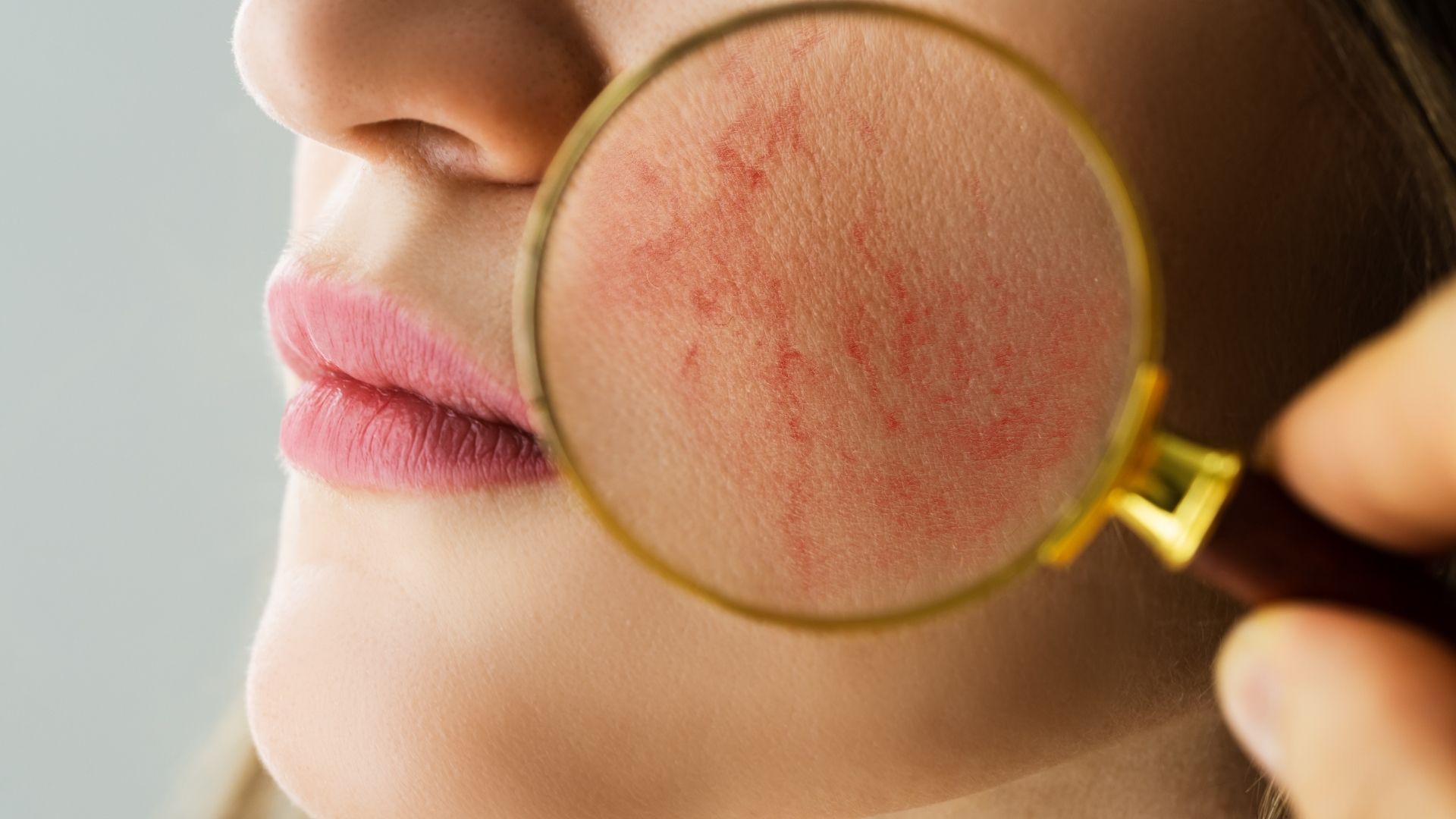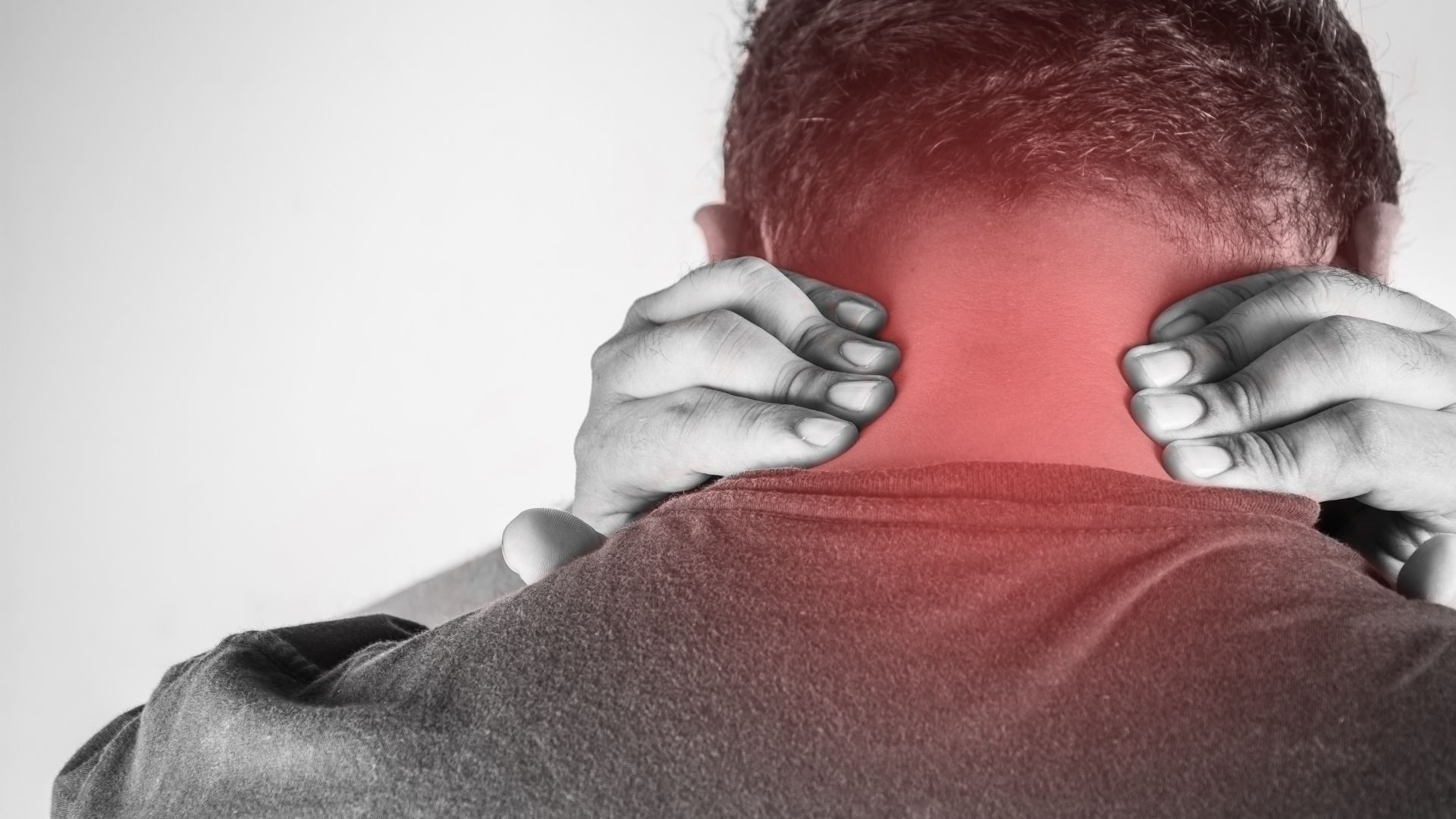Rosacea or Rosacea is a skin condition accompanied by redness and red pimples on the face. This disease, which usually affects fair-skinned people, is more common in middle-aged and older age groups. Rosacea causes redness in the facial area and causes blood vessels to become prominent over time. This can be both aesthetically and health disturbing.
Rosacea is associated with the harmful effects of the sun, environmental pollution, stress, cold weather and some triggering factors. This disease, which is especially effective in spring, manifests itself with the formation of pinkish spots on the abdomen and face. Over time, these spots can lead to dandruff and the development of smaller spots on the skin. Rosacea is usually not contagious and is a treatable condition.
The exact cause of rosacea is not known, but it is thought that skin mites, fungi, psychological factors and deterioration of the connective tissue under the skin can cause the disease. It has also been observed that factors such as hot drinks, spicy foods, alcohol, extreme heat, sunlight, wind, stress, exercise, make-up and mites can trigger the symptoms of rosacea.
The symptoms of rosacea may differ from person to person. It usually starts with a sunburn-like redness on the face. Symptoms such as pimple-like bumps, burning or stinging sensation, dry skin, change in skin color, prominent veins, thickening of the skin, facial edema, and enlarged nose can be seen. These symptoms may vary depending on the type and severity of the disease.
Although there is no specific test for the diagnosis of rosacea, dermatologists diagnose the disease by physical examination. Some blood tests may also be ordered to rule out other skin conditions similar to rosacea.
Treatment methods for rosacea vary depending on the type and severity of the disease. Treatment methods include medications, surgical interventions and laser treatments. In addition, identifying and avoiding factors that trigger disease attacks is an important part of treatment. For the treatment of rosacea, creams containing metronidazole, azeleic acid creams and sometimes corticosteroid creams can be used. However, long-term use of corticosteroid creams should be avoided, as this can exacerbate the disease.
In addition, light treatments and laser treatments can be applied in cases where capillaries are dense. Mesotherapy moisturizes the skin and strengthens the vascular walls, which can help prevent broken capillaries.
Rosacea treatment should be tailored to the patient’s specific needs and skin type.



